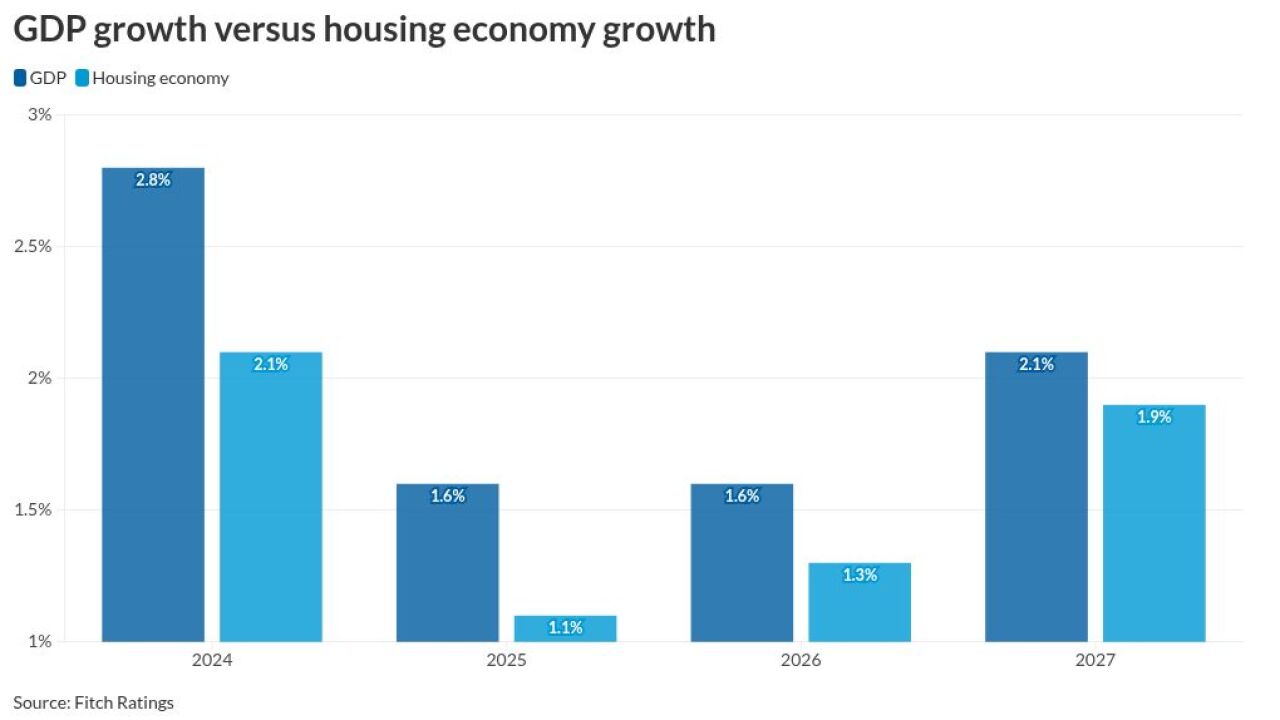While most global banks say they’re gearing up for a shift from Libor, concerns persist about lawsuits if borrowers reach a cliff-edge scenario, according to Moody’s Investors Service.
Banks’ clients are lagging in their effort to prepare for Libor’s exit and this could come back to haunt lenders, Vice President Olivier Panis said in an interviewn Tuesday. Financial institutions risk litigation and fines for misconduct if clients say they hadn’t fully understood the consequences of a shift to a replacement benchmark after the London interbank offered rate expires at the end of 2021, he said.
“These are the risks that financial institutions see as most important,” Panis said. “Banks have recruited entire project teams and the chief financial officers are involved in market discussions so they are the front of this massive global reform. Most of their borrowers are not, they just follow.”

It’s a sign of uneven progress in winding down Libor, which underpins hundreds of trillions of dollars of global assets, from student loans and mortgages to interest rate swaps and collateralized loan obligations. International regulators are developing new replacement rates after trading that informed the rate dried up, and European and U.S. banks were found to have manipulated it for their own gain.
Despite COVID-19 disrupting the Libor timetable, nearly 95% of financial institutions still expect the benchmark to retire on time. Some 77% of firms including asset managers and insurers report their transition plans are on schedule, the ratings firm found in a survey.
Meanwhile, borrowers are being “very passive” about the transition, according to Claude Brown, a partner at the law firm Reed Smith LLP in London.
“My experience talking to borrowers is they say ‘we don’t need to be proactive, we will wait until we’re contacted and told what needs to be changed,’ ” Brown said. “If banks say to the Financial Conduct Authority that they’re finding it difficult to get borrowers to engage, they will get short shrift. As we approach the deadline I can see increasing sanctions.”
Lenders will now be stepping up their communication plans with clients to ensure they understand the transition in full, according to Moody’s.
“A lot of banks said the easiest part is spending, developing in-house solutions,” Panis said. “Making sure that clients will be ready for the new contracts and have their treasury systems ready is the difficult part.”
Banks are intensifying their exit plans, with the U.K. lender Lloyds Banking Group seeking holders’ permission to switch bonds from Libor to the Sterling Overnight Index Average, known as Sonia.
Earlier this month Bank of America and Lloyds completed one of the first cross-currency swaps using Libor’s replacements, marking the latest step in the long exodus away from the rate.
Federal Reserve Bank of New York General Counsel Michael Held on Tuesday urged firms not to delay the transition. The process encompasses “legal risk, but also operational risk, credit risk, regulatory risk, reputational risk, you name it — Libor has it all,” he said. “The possibility of a failed Libor transition is something that should keep all of us up at night.”





